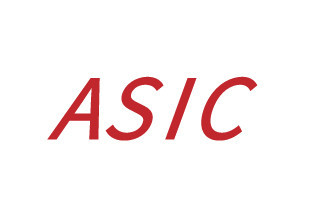










Prudential Regulation Authority (PRA)
UK prudential supervisor under the Bank of England for banks and insurers.
Tags:Forex RegulationBasic Information
The Prudential Regulation Authority (PRA) is a key financial regulatory body in the United Kingdom, operating as part of the Bank of England. Established on 1 April 2013, it replaced the Financial Services Authority (FSA) alongside the Financial Conduct Authority (FCA) as part of a major regulatory overhaul following the 2008 financial crisis. The PRA is headquartered at 20 Moorgate, London EC2R 6DA, and supervises around 1,500 financial institutions, including banks, building societies, credit unions, insurers, and major investment firms.
Background and Historical Development
The PRA was created under the Financial Services Act 2012, marking a shift toward a more robust and specialized regulatory framework in the UK. Its formation was driven by lessons from the financial crisis, emphasizing the need for stricter oversight of financial institutions to prevent systemic risks. Initially structured as a limited company, the PRA was later integrated into the Bank of England, with its functions exercised through the Prudential Regulation Committee. The PRA’s approach focuses on firm-level supervision, ensuring financial stability while minimizing disruptions to critical services.
Legal Authority and Regulatory Framework
The PRA derives its authority from the Financial Services and Markets Act 2000 (as amended by the Financial Services Act 2012 and the Bank of England and Financial Services Act 2016). Its two primary statutory objectives are:
- Promoting the safety and soundness of regulated firms
- Ensuring appropriate protection for insurance policyholders
The PRA operates under a principles-based regulatory approach, with key rules outlined in the PRA Rulebook, including eight Fundamental Rules that firms must adhere to. These cover integrity, financial prudence, risk management, and cooperation with regulators.
Key Responsibilities and Supervisory Scope
The PRA’s core functions include:
- Prudential Regulation: Setting capital and liquidity requirements for financial institutions
- Risk-Based Supervision: Monitoring firms based on their systemic importance and risk profile
- Forward-Looking Assessments: Stress-testing firms against potential financial shocks
- Policyholder Protection: Ensuring insurers maintain sufficient reserves to meet obligations
- Enforcement: Imposing penalties for non-compliance, such as the £87 million fine issued to Credit Suisse in 2023
The PRA does not operate a “zero-failure” regime but ensures that firm failures do not disrupt critical financial services.
Comprehensive Contact Information
The PRA can be reached through the following channels:
- Main Contact Number: 020 3461 4444 (Monday to Friday, 9am to 5pm)
- Media Enquiries: [email protected]
- Auditor Duty to Report: [email protected]
- General PRA Enquiries: [email protected]
- Address: Prudential Regulation Authority, 20 Moorgate, London EC2R 6DA, United Kingdom
How to Verify a Firm’s Regulatory Status
To confirm whether a financial institution is regulated by the PRA:
- Check the Financial Services Register maintained by the Financial Conduct Authority (FCA), which includes PRA-regulated entities
- Contact the PRA directly via email ([email protected]) for official confirmation
- Review the firm’s regulatory disclosures, which should indicate PRA authorization






